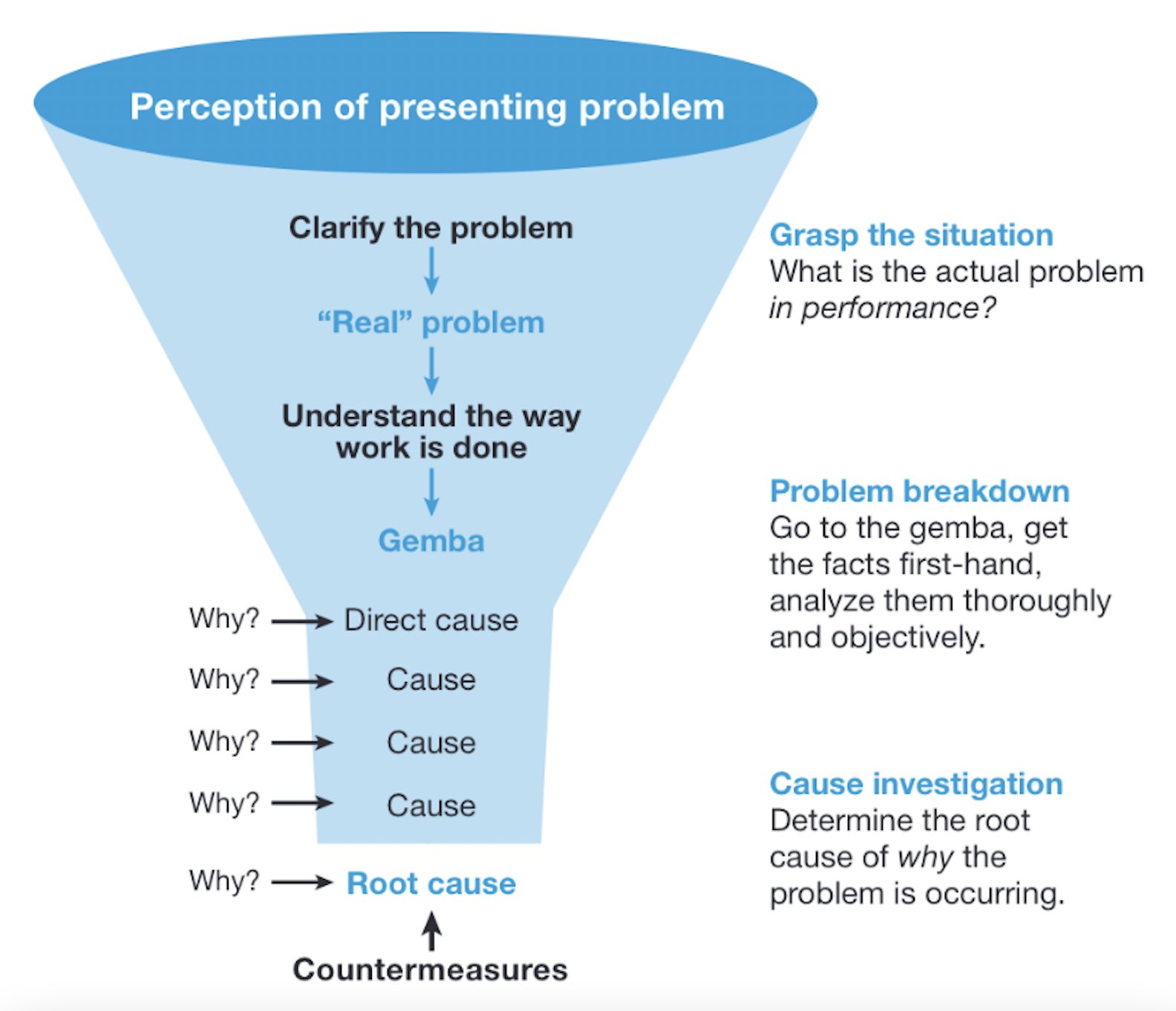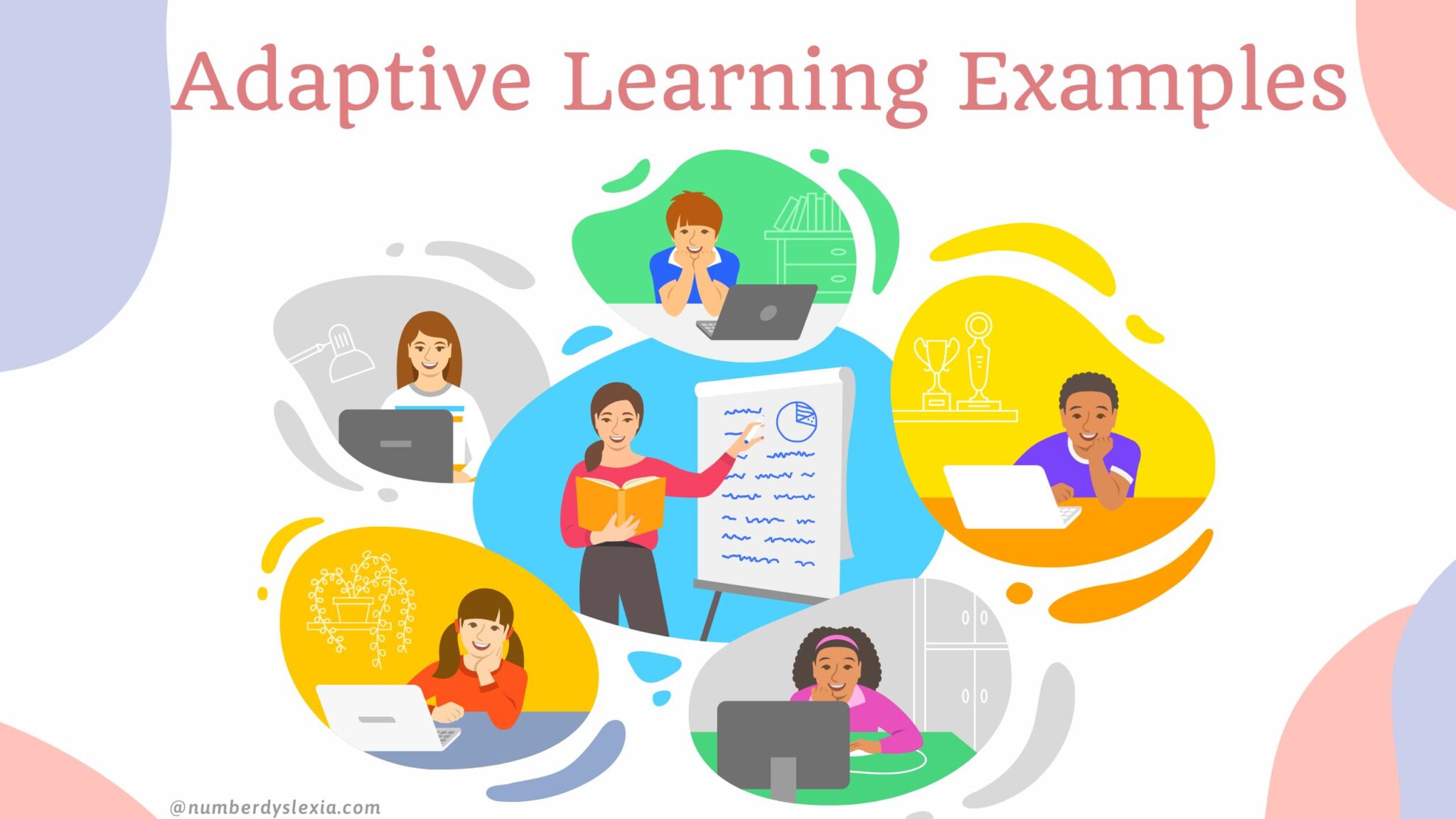How Humanism Transformed Renaissance Education: A Practical Guide to Its Enduring Influence
Introduction: The Renaissance and the Birth of Modern Education
The Renaissance marked a profound turning point in European education. The era witnessed a shift from religiously dominated learning to a new model inspired by humanism -a philosophy that put the individual and classical knowledge at the center of intellectual life. This transformation not only changed what was taught, but also how and why people learned, laying the groundwork for the modern humanities and a more secular, critical approach to knowledge [1] .
Understanding Humanism: Foundations and Core Values
Humanism during the Renaissance was characterized by a revival of classical Greek and Roman literature, philosophy, and art. Humanists believed that education should cultivate eloquence, moral virtue, and practical wisdom, enabling individuals to participate actively in civic life. The core subjects of the
studia humanitatis
-grammar, rhetoric, history, poetry, and moral philosophy-became the foundation of the new educational model
[2]
.
This approach contrasted sharply with medieval scholasticism, which prioritized theology and logic. Instead, humanists emphasized the development of the whole person and the ability to reason, communicate, and contribute meaningfully to society [3] .
Humanist Schools and Curricula: Practical Implementation
Humanist educators established schools that integrated classical texts with Christian ethics, aiming to nurture well-rounded citizens. For example, Vittorino da Feltre founded a groundbreaking school in Mantua in 1423, blending physical education, classical studies, and moral instruction for the sons of nobility [3] . These schools developed curricula that included Latin and Greek language, literature, history, and rhetoric, as well as mathematics, music, and sometimes physical training.
To apply these principles today, educators and curriculum planners can:
- Design courses that balance literature, history, and philosophy with the sciences.
- Encourage critical thinking and persuasive communication through writing and debate.
- Foster moral reflection and a sense of civic responsibility among students.
- Include classical texts alongside modern works to provide historical perspective.
Parents interested in humanist-inspired education can look for schools that offer a broad humanities curriculum and emphasize personal development, or supplement their children’s learning with extracurricular programs that focus on debate, writing, and ethics.
Secular Learning and the Expansion of Knowledge
One of the most significant shifts brought by Renaissance humanism was the move towards secular learning -placing greater value on secular subjects and human potential rather than focusing exclusively on religious studies. Humanist educators promoted the study of history, philosophy, and literature as essential for developing a critical, independent intellect [4] .
This change made education more accessible to the emerging middle class, not just the clergy. It also helped to foster the spirit of inquiry that would lead to the Scientific Revolution. Today, many universities and colleges carry forward this tradition through their humanities and liberal arts programs.
If you wish to find such programs:
- Contact your local university or college admissions office and ask about their humanities or liberal arts programs.
- Search for online courses and public lectures on Renaissance humanism and its legacy in education.
- Look for community education programs or book clubs focused on classical and humanistic studies.
Critical Thinking and Civic Engagement
Humanist education aimed to equip students not only with knowledge, but also with the skills necessary for civic engagement . By learning to write and speak with clarity and conviction, students were prepared to participate in public life, advocate for justice, and contribute to the common good [2] .

Source: teacher.org
To implement these ideals today:
- Schools can integrate debate clubs, mock trials, and service-learning projects into their programs.
- Students can get involved with local government initiatives, youth councils, or volunteer organizations to practice active citizenship.
- Educators can assign projects that require students to address real-world issues using research and persuasive argumentation.
Challenges and Adaptations: Historical and Modern Perspectives
While Renaissance humanism had a transformative impact, it was not without limitations. Early humanist education was often restricted to elite males, and access to classical texts was limited by cost and availability. Over time, however, the principles of humanism spread more widely, influencing public education and the development of libraries, universities, and print culture [1] .
Today, challenges remain in ensuring equitable access to a humanist-inspired education. Barriers may include funding, curriculum constraints, and cultural differences. To overcome these challenges:
- Seek out scholarship and grant opportunities through official education agencies or private foundations.
- Advocate for inclusive curricula that represent a diversity of voices and perspectives.
- Utilize digital libraries and open educational resources that provide free access to classical and modern texts.
For free access to classical works, you can explore digital public libraries such as Project Gutenberg or the Internet Archive, both of which offer extensive collections of historical texts.
Case Study: The Enduring Influence of the Humanities
The legacy of Renaissance humanism is visible in today’s educational systems around the world. The humanities-philosophy, literature, history, and the arts-remain central to liberal arts education and continue to shape critical thinking and civic responsibility [5] . For example, universities offer degrees in the humanities, and many high school curricula require students to take courses in literature and history.
To further explore these opportunities:
- Contact your state department of education for information on humanities requirements in your area.
- Search for national and local organizations, such as the National Endowment for the Humanities, which support humanities education and public programming.
- Participate in public lectures, museum programs, and cultural festivals that celebrate the humanities and their historical roots.
Summary and Key Takeaways
Humanism fundamentally reshaped education during the Renaissance by centering learning on the individual, classical knowledge, and civic responsibility. Its influence can be seen in the rise of the humanities, the shift toward secular and critical inquiry, and the enduring commitment to education as a means of personal and societal growth.

Source: freepik.com
For those interested in pursuing humanist-inspired education today, options include enrolling in liberal arts programs, participating in community humanities initiatives, and advocating for broader access to diverse educational opportunities. Even in a modern context, the Renaissance ideal of cultivating well-rounded, thoughtful, and engaged citizens remains as relevant as ever.
References
- [1] World History Encyclopedia (2020). Renaissance Humanism: The Legacy of Renaissance Humanism.
- [2] Wikipedia (2003). Renaissance Humanism.
- [3] Lumen Learning (n.d.). Education and Humanism.
- [4] Fiveable (2024). Humanism and its impact on education.
- [5] Khan Academy (2025). Humanism in Renaissance Italy.



